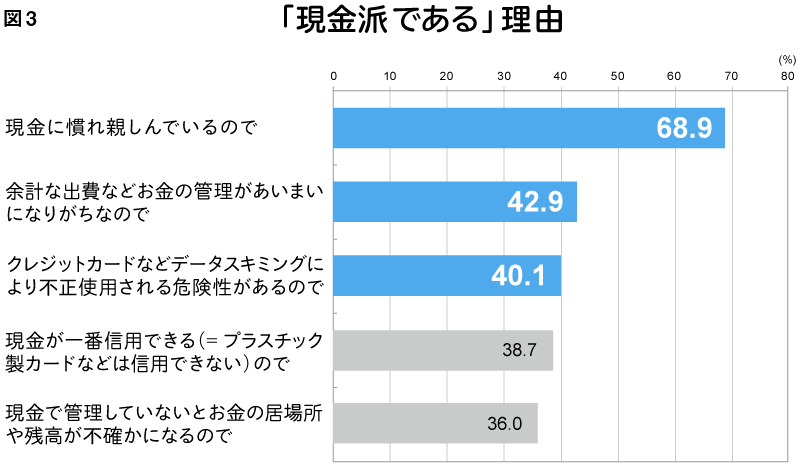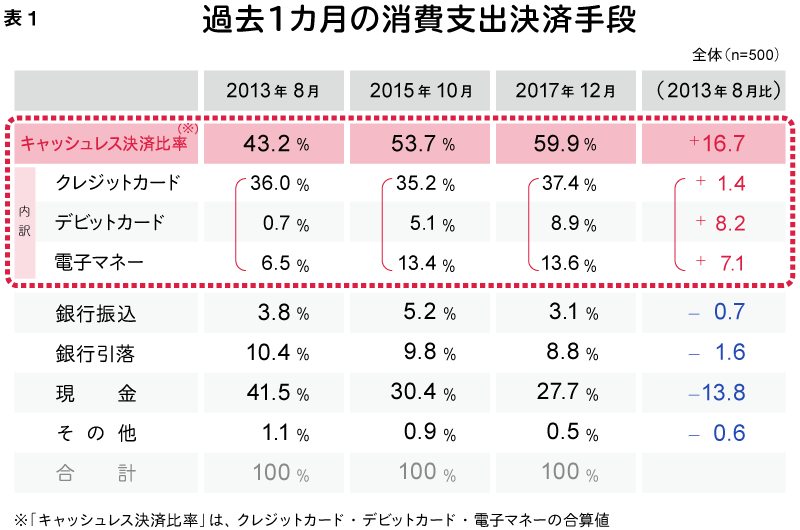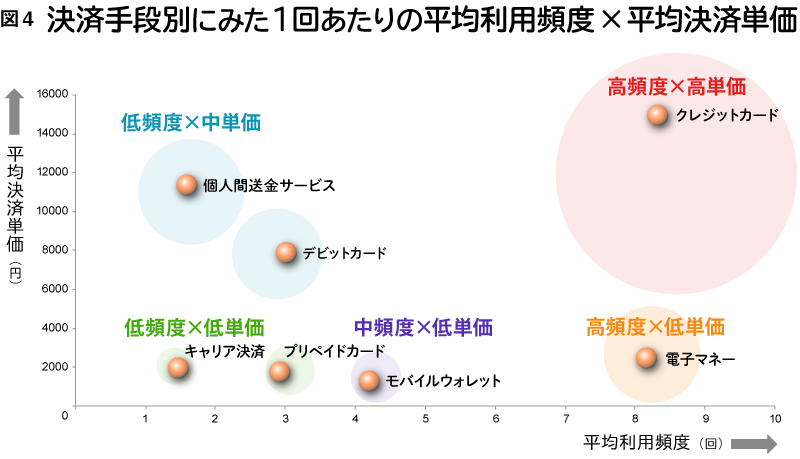The financial landscape is rapidly changing due to the diversification of payment methods like electronic money and mobile wallets, the emergence of digital currencies such as cryptocurrency, and the advent of services enabling direct peer-to-peer transactions.
Meanwhile, the government is promoting cashless payments, setting a target of "40% cashless payment ratio within 10 years" against the backdrop of inbound tourism and other factors. Against this backdrop, major companies in the telecommunications/IT and distribution/retail industries, not just financial institutions and card companies, are rapidly growing by offering various payment services and point programs.
Therefore, the Financial Project within Dentsu Inc. Business Development & Activation Division conducted a "Survey on Consumers' Payment Methods" to clarify how consumers' payment methods are changing and what payment methods will become mainstream in the future.
Saiyo Yoshitomi from the Financial Project introduces findings on "Consumers' Cashless Awareness" and "The Proportion of Cashless Payments in Consumer Expenditures," focusing on the theme "The Steady Advance of Cashless Payments."
First, the percentages of "cashless users" who prefer cashless payments whenever possible and "cash users" who prefer cash whenever possible were 78.3% and 21.7%, respectively. This result shows that "cashless users" are overwhelmingly the mainstream.
This result is surprising given the pessimistic view common in the payment industry that "most Japanese are cash-oriented, making cashless payments slow to advance."
In other words, it can be interpreted that consumers' mindset isn't necessarily cash-oriented; rather, while they may have to use cash at the point of payment, their preference is to go cashless. Nearly 80% of people fall into this category.
Breaking it down by gender, 84.5% of men identified as "cashless advocates," compared to 72.2% of women, indicating men are more enthusiastic about cashless payments.
The main reasons cited for supporting cashless payments were: "Eliminating the hassle of paying with cash, such as coins" (74.1%), "Payments can be made smoothly" (67.4%), and "Points or miles accumulate" (67.1%). This indicates that convenience and point rewards significantly influence their preference.
Conversely, the top reasons cited for supporting "cash payments" were "being accustomed to cash" (68.9%), "cash helps avoid vague money management like unnecessary spending" (42.9%), and "credit cards carry the risk of fraudulent use through data skimming" (40.1%), suggesting a preference for the reliability of cash.
2) Cashless payments account for about 60% of consumer spending, while cash has decreased to 27.7%
This growing cashless awareness among consumers is corroborated by other survey results. According to findings from a continuous survey conducted by a financial project, compared to a survey five years ago (August 2013), the share of each payment method in total consumer spending over the past month shows the "cash payment ratio" decreasing from 41.5% to 27.7%. Meanwhile, the combined "cashless payment ratio" of credit cards, debit cards, electronic money, increased by 16.7 percentage points from 43.2% to 59.9%, indicating a steady rise in the cashless mindset for consumption.
Debit cards and electronic money are driving this rise in the "cashless payment ratio," with debit cards increasing from 0.7% to 8.9% and electronic money rising from 6.5% to 13.6%.
Plotting the average usage frequency × average transaction value by cashless payment method reveals five distinct zones. For example, credit cards are often preferred for relatively high-value purchases, placing them in the "high frequency" × "high value" zone. Conversely, e-money, valued for its speed, is positioned as a replacement for cash payments at convenience stores and similar venues, placing it in the "high frequency" × "low value" zone. This reflects a trend of differentiated usage that leverages the characteristics and advantages of each payment method.
[Survey Overview]
・Area: Nationwide
・Survey Participants: 【General Survey】Men and women aged 20-69 (excluding students)
【Student Survey】Men and women aged 18-29 (students only)
・Sample Size: 【General Survey】500 ss (population proportion allocation)
・Student Survey: 100 respondents (weighted by population composition)
・Survey Method: Internet survey
・Survey Company: Rakuten Research
・Survey Period: December 23 (Sat) - 24 (Sun), 2017
・Survey Implementation: Dentsu Inc.







